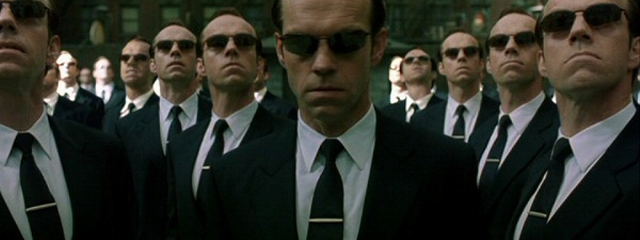One of the most important decisions in the development of a new product is what processes should be used in its manufacture. Choice of process will have dramatic effects upon the form and structure of the product
If you ask a carpenter to design a chair for you it will be made of wood and if you ask a metal fabricator it’s a fair bet it will be made of metal, ask an industrial designer and it’s a fair bet they will ask you how many do you want to make.
How many you want to make is one of the biggest factors influencing choice of production process and part design.
Fabrication from stock materials such as a carpenter or metal fabricator would use is great for one-off and very low production numbers – it avoids any specialist tooling, however using pre-processed materials in stock sizes is likely to result in waste and lots of skilled labour is required in their processing. At this level of manufacture labour is like to be the largest part of product cost.
Flexible manufacturing processes such as CNC laser, plasma or water jet cutting or CNC milling and routing or CNC bending and punching allow production of complex precision parts in volume with no tooling cost, parts being made directly from the CAD file produced in designing the product. Rapid prototyping is also a CAD driven flexible manufacturing process and can be used for “rapid manufacturing” where plastic or even metal parts can be printed in volume with no tooling costs. These processes are excellent for batch production and moderate volume ongoing production, whilst “machine time is relatively expensive parts can be highly complex integrating a numbers of features or functions into a single part and minimising subsequent assembly.
This approach generally requires a greater level of design engagement to get the most out of the potential of these processes and is used to minimise the skilled labour requirements.
For high volume / mass production greater investment in tooling generally pays off; tooling costs are rapidly amortised over the large number of units made and the greater sophistication of part design possible with tooled processes can eliminate the need for skilled production labour and dramatically reduce production time.
Unlike the carpenter and the metal fabricator the industrial designer uses all production processes – as they best suit the product and production numbers in order to produce the best design.
In a following series of articles we will give an overview of some of the more common production process and their characteristics.
Ask an industrial designer, especially if you want to make a lot of something.








